Vat Savitri or Vat Purnima, a highly revered Hindu festival, is a day of profound spiritual significance that symbolizes the power of devotion, unwavering faith, and the sanctity of marriage. This sacred day is observed by married women who pray for the long life, prosperity, and well-being of their husbands, drawing inspiration from the legendary Savitri, whose devotion and determination restored her husband, Satyavan, to life.
In 2026, Vat Savitri or Vat Purnima will be observed on Saturday, May 16, 2026 . On this auspicious day, women observe a day-long fast, perform rituals under the sacred Vat (banyan) tree, and offer prayers to Devi Savitri and Bhagwan Vishnu, seeking divine blessings for a harmonious and blessed marital life.
This festival highlights the strength of feminine devotion and the triumph of truth, love, and dharma over fate, reinforcing the deep-rooted cultural and spiritual values of Sanatan Dharma.
Significance & Importance of Vat Savitri
In India, marriage is regarded as a sacred and eternal bond, transcending not just one lifetime but multiple births. It is believed to be a divinely ordained union, where two souls come together, bound by destiny, devotion, and commitment, to support and uplift each other through the cycles of life and beyond. This sacred relationship is not merely a social contract but a spiritual journey, wherein both partners strive to fulfill their Dharma (righteous duty) and evolve spiritually.
The story of Savitri and Satyavan, a profound testament to unwavering love and devotion, is detailed in the Vana Parva (Book of the Forest) of the Mahabharata. Additionally, references to this legend are found in the Markandeya Purana, Vishnu Purana, and Bhagavata Purana. While variations of the tale exist across different regions and scriptures, the core essence remains the same—Savitri’s extraordinary determination and devotion to her husband Satyavan, which ultimately defied fate itself. This legend has also been retold in vernacular literature, including the Bengali Mahabharata by Krittibas Ojha and several regional folklore traditions.
The observance of Vat Savitri Vrat is deeply rooted in this sacred narrative. Women across India celebrate this festival with utmost faith and devotion, systematically following the Vat Purnima Vidhi as prescribed in the Vat Savitri Vrat Katha.
The vrat is undertaken with the following spiritual and personal intentions:
- Devotion and Faithfulness: The festival epitomizes a wife’s unwavering love, faithfulness, and dedication to her husband, just as Savitri’s devotion and perseverance became a symbol of ideal marital fidelity.
- Longevity and Prosperity: Women observe the fast and perform rituals to pray for their husband's long life, well-being, and prosperity, invoking divine blessings for their household.
- Spiritual Strength: The story of Savitri underscores the power of unwavering faith, spiritual resilience, and selfless devotion, highlighting the strength and grace of women who uphold dharma through their sacrificial and unwavering determination.
Thus, Vat Savitri Puja holds an esteemed place in the hearts of millions of women, reflecting their spiritual commitment and profound belief in the sanctity of marital bonds.
Stories of Vat Savitri Festival
The Vat Savitri Festival is deeply rooted in the legendary tale of Savitri and Satyavan, a story that exemplifies unwavering devotion, selfless love, and the triumph of faith over fate. This sacred legend is narrated in the Mahabharata (Vana Parva) and also finds mention in the Markandeya Purana, Vishnu Purana, and Bhagavata Purana. The story serves as a timeless inspiration for married women who observe Vat Savitri Vrat to seek the well-being, longevity, and prosperity of their husbands.
The Story of Savitri and Satyavan
Once upon a time, there was a righteous and powerful king named Ashwapati, who ruled over the kingdom of Madhya Desha. Despite his immense wealth and wisdom, he and his queen remained childless for many years. With deep devotion, the king performed severe penance and prayers to Bhagwan Savitra (the Sun God), seeking divine blessings for a child. Moved by his sincerity, Goddess Savitri appeared before him and granted him a boon, blessing him with a daughter. The radiant and divine child was named Savitri, after the Goddess herself.
Savitri grew up to be a woman of extraordinary beauty, wisdom, and virtue. When the time came for her marriage, she set out on a journey to find a husband worthy of her devotion. In the dense forests, she encountered Satyavan, the son of a blind and exiled king, Dyumatsena. Though he lived a simple life as a woodcutter, Savitri recognized his noble heart and unwavering dharma. Ignoring the warnings of sages, who prophesied that Satyavan had only one year left to live, she chose him as her husband, determined to stand by him against all odds.
Savitri and Satyavan lived an idyllic life in the forest, yet the shadow of fate loomed over them. As the day of Satyavan’s foretold death approached, Savitri undertook severe fasting and penance, praying to Bhagwan Vishnu for strength. On the fateful day, while Satyavan was chopping wood, he suddenly fell unconscious. As his life began to fade, Yama, the God of Death, appeared to claim his soul.
The story of Savitri and Satyavan remains an eternal inspiration, illustrating that love, virtue, and devotion have the power to conquer even fate itself.
Savitri’s Divine Test and Triumph Over Fate
Unwilling to accept fate, Savitri followed Yama as he carried away Satyavan’s soul. With every step, she engaged in profound discourse with the Lord of Death, extolling the virtues of righteousness, devotion, and the power of dharma. Impressed by her wisdom, perseverance, and unwavering devotion, Yama granted her a boon—anything except the life of Satyavan.
With great intelligence, Savitri asked for the restoration of her father-in-law’s eyesight and lost kingdom, which Yama granted. She then asked for a boon to be blessed with children. Yama, bound by his own words, granted this as well. However, realizing that she could not bear children without her husband’s presence, Yama had no choice but to return Satyavan’s soul, thereby defeating destiny itself.
Savitri’s unparalleled devotion and steadfast resolve restored Satyavan to life, and together they returned to their hermitage, where their family was reunited in joy. King Dyumatsena regained his sight and kingdom, and Savitri’s unwavering faith became a symbol of divine power and marital devotion.
The Legacy of Vat Savitri Vrat
Since ancient times, married women have observed the Vat Savitri Vrat as a tribute to Savitri’s love, intelligence, and spiritual strength. The Vat (Banyan) tree, which is known for its longevity and deep-rooted strength, symbolizes the eternal nature of marital bonds and the blessings of stability, protection, and prosperity.
Women fast, offer prayers under the Vat Vriksha, and seek the grace of Bhagwan Vishnu and Devi Savitri for their husbands' long life and the well-being of their families.
Festival Date, Time, Muhurat & Tithi
Vat Savitri Vrat will be observed on Saturday, May 16, 2026.
Trayodashi Tithi (13th lunar day) of the Jyeshtha month as per the lunar calendar.
Key Timings for Vat Savitri Vrat 2026:
-
Vat Savitri Puja Muhurat:
05:45 AM to 07:55 AM (IST)
Duration: 2 Hours 10 Minutes - Purnima Tithi begins at: 04:28 PM on May 25th (IST)
- Purnima Tithi ends at: 06:10 PM on May 26th (IST)
Note: Sunrise and sunset vary by region and date due to India's geographical diversity. For exact timings, please refer to local astronomical data.
How to celebrate Vat Savitri
The celebration of Vat Savitri is marked by deep devotion, fasting, and the worship of the Vat (Banyan) tree, which symbolizes longevity, resilience, and unwavering commitment. Women observe this sacred day to seek the well-being, prosperity, and long life of their husbands, following the path of Savitri, whose devotion and determination brought her husband, Satyavan, back to life.
On the day of Vat Savitri, women wake up early, purify themselves with a ritual bath, and wear traditional red, yellow, or white attire, symbolizing purity and marital bliss. They adorn themselves with bangles, sindoor (vermillion), and other symbols of suhaag (marital status). Carrying a basket filled with sacred offerings, including fruits, flowers, betel leaves, and thread, they visit a Vat (Banyan) tree, which is considered an embodiment of divine power.
Women observe a strict fast (Vrat) throughout the day, refraining from consuming grains and cooked food. Some follow a complete nirjala vrat (fasting without water), while others partake in fruits, milk, and nuts. Devotees spend the day in bhajans, prayers, and meditative reflection, seeking the blessings of Devi Savitri and Lord Vishnu for their family's well-being.
By the evening, the fast is concluded with prasad distribution, and women seek blessings from elders and their husbands. Many offer charity (daan), including food, clothes, and donations to Brahmins or the needy, which is believed to enhance the merits of the Vrat. The festival ultimately serves as a celebration of devotion, perseverance, and the divine grace of marital harmony, reinforcing the sacred bond of marriage across lifetimes.
Vat Savitri Puja Vidhi (Puja Procedure)
The Vat Savitri Puja is a sacred observance spanning three days, marked by deep devotion, fasting, and elaborate rituals. Married women perform this vrat (fast) to seek the long life, prosperity, and well-being of their husbands, following the divine example of Devi Savitri, whose unwavering devotion brought her husband, Satyavan, back to life.+
Essential Puja Samagri (Worship Materials)
To perform the puja with sincerity, the following items are required:
• A kalash (vase) filled with water
• Moli (sacred red thread)
• Roli, Sindoor (vermilion), and Akshat (unbroken rice grains)
• Sweets, fruits, and soaked chickpeas
• Flowers, incense sticks, and Dhoop (fragrant smoke)
• A bamboo basket and bamboo fan
• Golden engravings or idols of Savitri and Satyavan
Day 1: Preparations and Symbolic Depictions
On the first day, women cleanse their homes and sacred spaces in preparation for the puja. They gather all the required puja items and begin by drawing symbolic representations of the Vat (banyan) tree, Savitri, Satyavan, and Lord Yama on the floor or walls using a paste made of sandalwood and rice.
Additionally, golden engravings or idols representing Savitri and Satyavan are placed in a tray filled with sand and are worshipped with flowers, incense, and sacred mantras.
Day 2: Fasting and Worship of the Vat Tree
On the second day, women observe a strict fast, refraining from food and, in some cases, even water (nirjala vrat). The day begins with an early morning puja dedicated to Savitri and Satyavan, where offerings of flowers, fruits, and incense are made with heartfelt prayers for the well-being of their husbands.
A significant ritual of the day involves the worship of the Vat (Banyan) tree, which symbolizes eternal strength, devotion, and longevity. Women gather around the tree, circumambulate it seven times, tie sacred threads (moli) around its trunk, and offer copper coins, water, and prayers as an expression of their unwavering love and commitment. The Vat Savitri Katha is recited, narrating the divine tale of Savitri’s dedication and triumph over fate.
Day 3: Continuation and Conclusion of the Vrat
The third day continues with fasting and prayers, deepening the devotees’ connection to the spiritual essence of the vrat. Women rise early to perform another round of puja, offering prayers, flowers, and sacred food to Savitri and Satyavan. The fast is broken at sunset, with women consuming a simple meal consisting of fruits and sweets.
Throughout the day, women greet one another with blessings, saying 'जन्म सावित्री हो' ('May you be like Savitri'), symbolizing their prayers for their husbands' long and prosperous lives. The observance of Vat Savitri Puja is a testament to love, faith, and the spiritual strength of a devoted wife, celebrating the sacred bond of marriage and the divine power of unwavering devotion.
Vat Savitri Puja Mantra
अिैधव्यं च सौभाग्यं देवह त्वं मम सुव्रते। पुत्रान् पौत्रांश्च सौख्यं च गृहाणार्घ्यं नमोऽस्तुते।। यथा शाखाप्रशाखावभिृृद्धोऽवस त्वं महीतले। तथा पुत्रैश्च पौत्रैश्च सम्पन्नं कुरु मा सदा।।
“Avaidhyam cha saubhagyam dehi tvam mam suvrate Putraan pautranshchya saukhyam cha grihaanaarghya namostute Yatha shakha-prashaakhaabhivridhhosi tvam mahitale, Tatha putraishchya pautreshchya sampannam kuru ma sada”
Vat Savitri Vrat Vidhi (Fasting Procedure)
The Vat Savitri Vrat is a sacred fast observed by married women to seek the long life, prosperity, and well-being of their husbands. The vrat begins early in the morning, with women taking a holy bath and wearing traditional attire, preferably red or yellow, symbolizing auspiciousness and marital bliss.
They prepare the puja thali with essential items such as moli (sacred thread), roli, sindoor, akshat (unbroken rice), flowers, fruits, sweets, and soaked chickpeas. A small idol or picture of Savitri and Satyavan is placed on a clean altar, and women offer prayers with devotion, reciting the Vat Savitri Vrat Katha, which narrates the divine story of Savitri’s unwavering dedication to her husband.
During the fasting period, women abstain from consuming food and, in some cases, even water (nirjala vrat). Many devotees visit a Vat (Banyan) tree, as it symbolizes longevity and stability, and perform a special ritual by tying a sacred moli thread around its trunk while offering water, flowers, and prayers.
Women circumambulate (parikrama) the tree seven times, chanting prayers for their husband's long life and prosperity. The banyan tree is revered as a representation of the Trimurti—Brahma, Vishnu, and Shiva, signifying its divine energy and ability to bless devotees with spiritual strength and marital harmony.
The fast is concluded in the evening after offering prayers to Goddess Savitri, seeking her blessings for a happy and prosperous married life. Women break their fast by consuming prasad, which typically consists of fruits, sweets, and soaked chickpeas.
They also seek the blessings of elders and exchange good wishes with other married women, often greeting each other with the phrase 'जन्म सावित्री हो' ('May you be like Savitri'), reinforcing the spirit of faith, devotion, and the sacred bond of marriage.
Vat Savitri Vrat Katha (Traditional Fasting Story)
In the ancient era of the Mahabharata, there reigned a noble and righteous king named Ashvapati, the ruler of the Madra Kingdom. Though his reign was prosperous and his land flourished, he and his beloved queen bore a sorrowful void—the absence of a child. Yearning for an heir, they undertook a long and devout penance, offering prayers and unwavering devotion to Lord Savitr (Surya Deva), the divine solar deity. Moved by their dedication, the Sun God finally appeared before them, bestowing his divine blessings upon the royal couple. In time, a radiant daughter was born to them, and they named her Savitri, in reverence to the deity who had graced their lives with his benediction.
As Savitri grew, her beauty, intelligence, and virtues became the talk of the kingdom. She was the epitome of devotion, wisdom, and righteousness, but her exceptional qualities left her father troubled. No prince or nobleman seemed worthy enough to be her husband. Thus, he entrusted her with the task of choosing a life partner on her own. Embarking on this sacred quest, Savitri traversed distant lands until she encountered Satyavan, the son of King Dyumatsena, the exiled and blind ruler of the Salwa Kingdom. Despite his royal lineage, Satyavan lived in the forest in great hardship, yet his strength, virtue, and noble heart captivated Savitri. Without hesitation, she resolved to marry him and returned to her father with her decision.
However, fate had woven a dire prophecy into Satyavan’s destiny. Sage Narada Muni, upon learning of Savitri’s choice, warned King Ashvapati that Satyavan was cursed to die within a year. Alarmed, the king implored his daughter to reconsider, but Savitri remained unyielding—her heart had chosen, and she would stand by her decision. With unwavering faith, she married Satyavan and devoted herself to her duties, caring lovingly for her husband and in-laws. Days passed, and the fateful day of Satyavan’s prophesied death loomed near.
On that ominous day, Savitri, sensing the impending doom, insisted on accompanying her husband to the forest. As he gathered wood, a sudden dizziness overtook him, and he collapsed beneath the shade of a grand banyan tree (Vat Vriksha), his head resting upon Savitri’s lap. As life ebbed from his body, Yama, the God of Death, arrived with his divine attendants to claim Satyavan’s soul. But Savitri, embodying unmatched devotion, resilience, and spiritual wisdom, stood firm. She refused to let them take her husband, her determination shining like an unyielding flame against the dark will of fate.
Seeing her unwavering resolve, Yama himself stepped forth, moved by her unparalleled love and devotion. He granted her a boon—but not the life of Satyavan.
With wisdom and wit, Savitri asked for three blessings:
- The restoration of sight and kingdom for her blind father-in-law, King Dyumatsena.
- A hundred noble children for her father, King Ashvapati.
- A hundred sons for herself and Satyavan.
Realizing the clever trap within her last wish—her desire for children meant Satyavan must live—Yama was deeply impressed and humbled. He recognized that Savitri was no ordinary woman; she was a being of immense spiritual strength and righteousness. Overcome by her devotion, wisdom, and steadfast love, he conceded defeat and granted her the ultimate boon—the restoration of Satyavan’s life.
Thus, Savitri triumphed over fate itself, reviving her beloved husband from the clutches of death. Under the Vat Vriksha, this divine event unfolded, forever sanctifying the banyan tree as a symbol of endurance, marital devotion, and eternal love.
From that day onward, the Vat Savitri Vrat became an auspicious tradition, with married women fasting and worshipping beneath the sacred banyan tree, seeking the same strength, devotion, and blessings that Savitri had once invoked to protect her husband.
The Vat Savitri Puja Vidhi includes listening to this sacred Vat Savitri Katha, which glorifies the discipline, intelligence, faith, and unparalleled determination of Savitri, whose love conquered even death itself.
Puja Utensils, Essentials
Rudra Centre brings an extensive collection of Puja Articles which caters to all that is required for daily and special Puja Vidhis. We offer variants of designs and sizes in each category. The list includes handcrafted Puja Mandirs, Puja Pedestals, offering Bowls, Panchpatra, intricately carved Puja Thalis, Abhishek Vessels, in different materials, Pure Silver/German Silver articles like Kalash, set of Shodash Upachara and Several other Puja Articles, which we deliver at your doorstep.
Visit the complete collection
Vat Savitri Puja
Prayers and pujas are dedicated to Vat Vriksha (Banyan Tree) and Savitri. On this auspicious day, all the married women tie sacred threads around the bark of the banyan tree and worship the tree for the longitivity and prosperous life of their husbands. Married women observe Vat Savitri puja for the well-being of their husbands and for a happy family life.
Rudra Centre Puja Services
is the oldest and most trusted Online Puja Services provider in the world. Over 20 years we have organized Yagnas, Pujas, Homas and Kathas like Ati Rudra Mahayajna, Sahasra Chandi Homa, Akhand Ramayan Paath, Shiva Maha Puran Katha, 4 Prahar Mahashivratri Mahapuja with teams of 100’s of curated priests for the benefit of mankind and our global clientele.
Book here
Conclusion
The Vat Savitri festival stands as a profound testament to the power of devotion, unwavering faith, and marital commitment. Rooted in ancient scriptures, it honors the indomitable spirit of Savitri, whose wisdom, determination, and love for her husband triumphed over fate itself. This sacred observance is not merely a ritual but a celebration of spiritual strength, perseverance, and the sanctity of the marital bond, embodying the eternal virtues of selflessness, loyalty, and resilience.
As women perform the Vat Savitri Vrat, tying sacred threads around the Vat Vriksha and offering prayers with heartfelt sincerity, they invoke the blessings of longevity, prosperity, and well-being for their husbands. This festival serves as a divine reminder that true devotion, when coupled with wisdom and determination, has the power to transcend even the boundaries of destiny.
Through this observance, devotees not only uphold an age-old tradition but also reaffirm their faith in Dharma, righteousness, and the eternal values that define a blessed and harmonious life.


-in-Astrology.jpg)
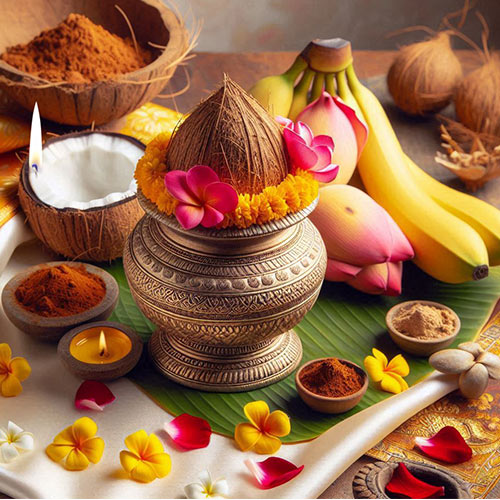
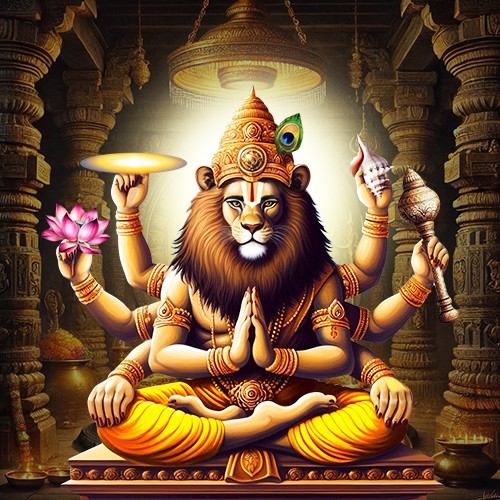
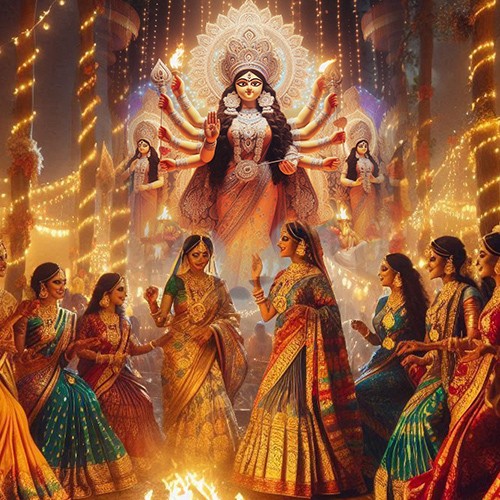
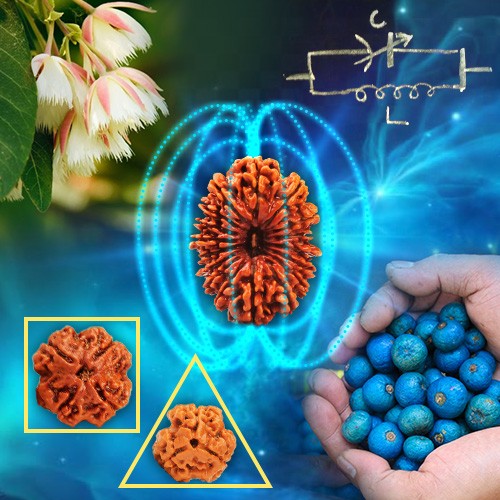

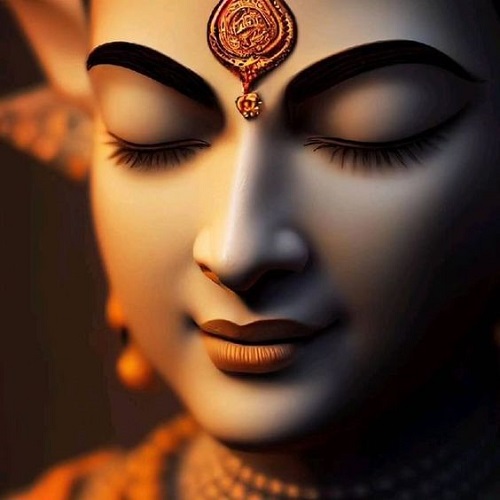
.jpg)
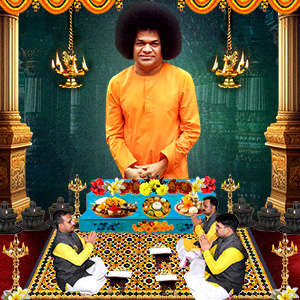
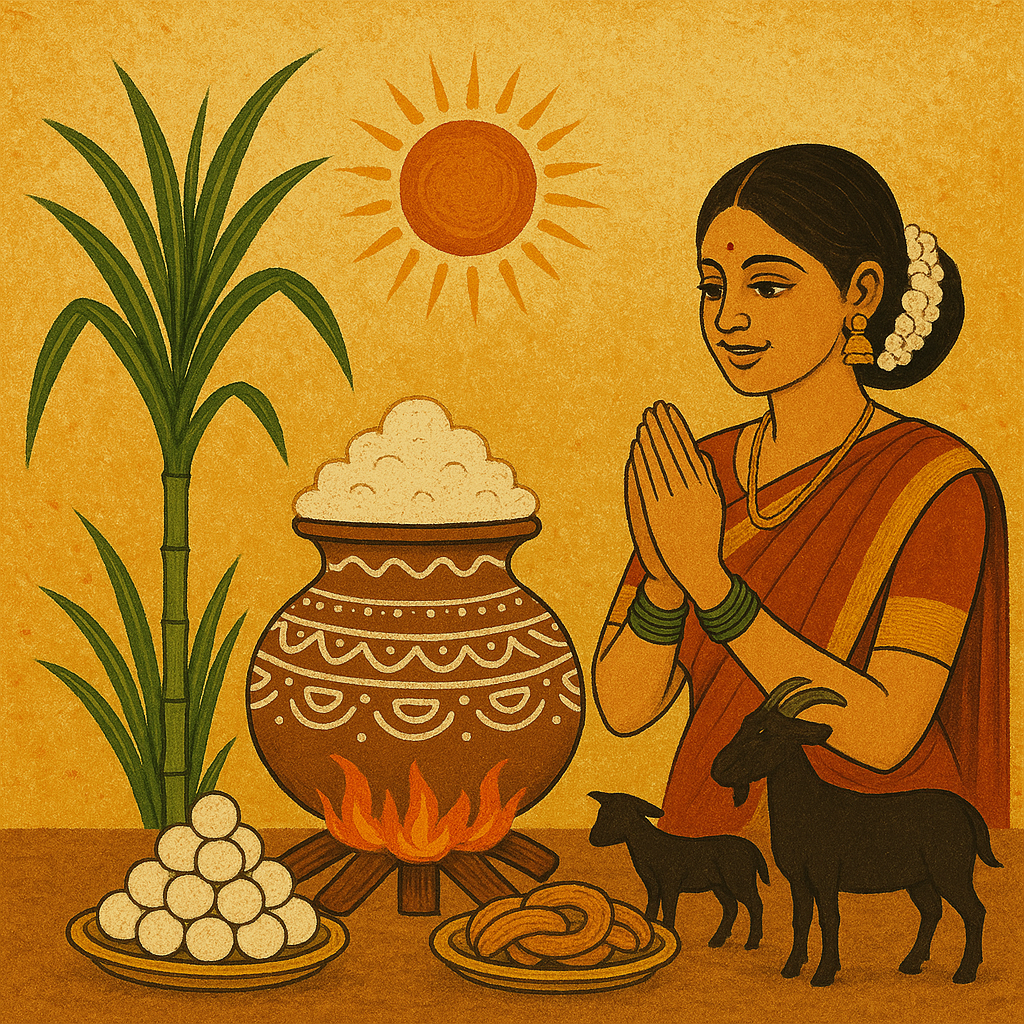

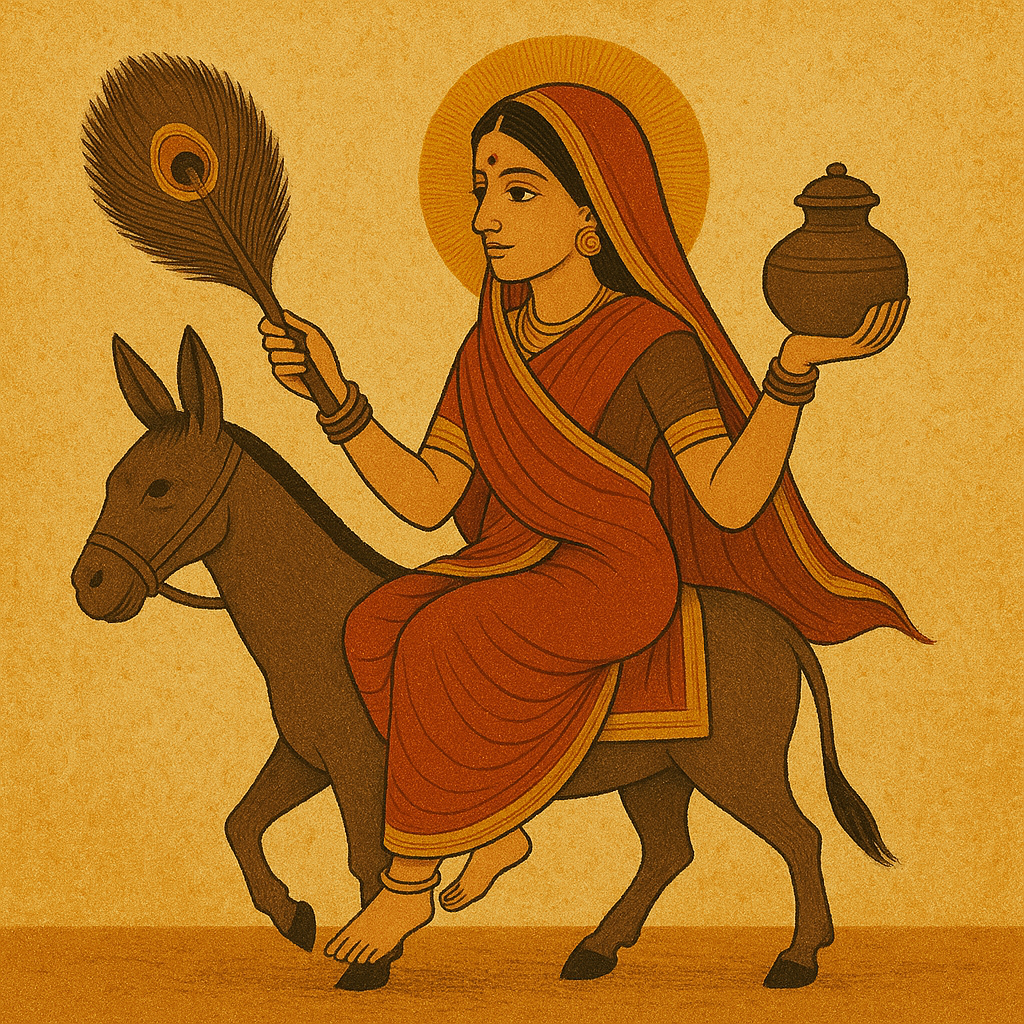
Roja Mahapatro
|June 5, 2024
Feeling good once again listening to vat Savitri satyavan story...Thank you